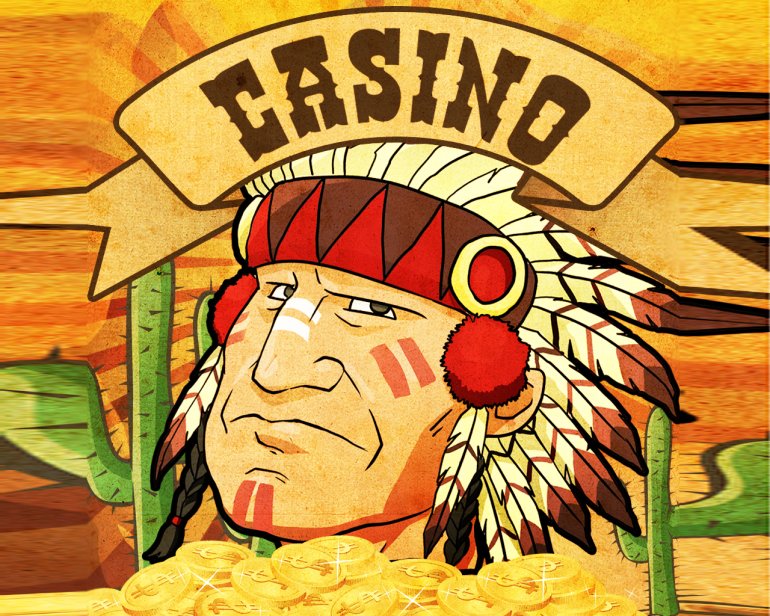 Perhaps, many Casinoz readers know that Native Americans control a certain percentage of US gambling. However, not everyone knows the actual size of this legal gambling segment and how it became possible.
Perhaps, many Casinoz readers know that Native Americans control a certain percentage of US gambling. However, not everyone knows the actual size of this legal gambling segment and how it became possible.
Long gone are the days when Native Americans trapped in the reservations by the pale-faced looked at their conquerors with hate in their eyes and longed for their death. Modern descendants of free nomads gladly welcome guests from all over the world because they bring money in exchange for a shot of adrenaline at the casino table or slot machine.
Casinos controlled by Native Americans are a very developed and promising field with an annual turnover of billions of dollars.
History of Native American Casinos
The history of Indian casinos began in 1975 with the Oneida tribe, whose reservation is located in New York State. This tribe was impoverished and had to give up a lot, including the fire department, even though fires occurred frequently. Two Native Americans died in one of them. Their relative, who graduated from Harvard, arranged bingo in a trailer and was allowed to raise the bets above the level set by the legislation. He said these laws did not apply to the authorities' claims inside the reservation.
While they were bickering, a new gambling house was established in the Seminole tribe in Florida. White people also visited the casino.
When the district attorney banned gambling houses in the Oneida tribe, they submitted. But it didn't work with the Seminoles.
Native American Casinos Legislation
They sued the attorney and began the world-famous "Seminoles against the Butterworth" process, won by Native Americans. This judicial precedent let other tribes open their casinos.
In 1987, the U.S. Supreme Court stated that state governments have no right to prohibit Indians to have gaming business.
The exceptions were only the states whose laws prohibited any form of gambling. Moreover, the authorities were ordered to stop income taxation in the reservations.
Nevada Casinos vs. Native American Casinos
It's easy to guess that Nevada gambling's movers and shakers could not allow the free development of a new competitor. They began to lobby their interests in Congress and passed the Act regulating Indian gambling in a few years. It is said that state governments should regulate this area.
This was expressed primarily in the fact that the state gave permission to open each new casino.
Some regions tried to refuse to grant these permissions, but after numerous trials, they decided forcing Native Americans to share the profits with the state would be much more profitable. Today, many Indian casinos give a significant share of their earnings to the state treasury.
Native American Casinos today
Now more than 200 of 562 tribes in the US have officially opened their casinos. Their annual profit is billions of dollars. Only in 2008, Indian casinos' income was 26 billion dollars.
We should note that according to Congress, this money should be spent on the social services of the tribes.
The tribes can decide how to spend the profit on their own:
- various allowances,
- housing construction,
- centers of Native American culture,
- financing education in prestigious colleges.
The living conditions of the tribes owning casinos differ from the rest of the Indian Americans who still live in poverty.
Interests in Indian casinos are regulated by the National Indian Gaming Association (NIGA), founded in 1985. It works with the federal government and Congress and contributes to improving the lives of the Indian population.
Indians do not play in the casinos; over 90$ of the profit comes from visitors. It's symbolic and can be regarded as compensation for confiscated land and years of humiliation.
Summary
Let's discuss the subject.
- What do you think of such a practice in the USA?
- Is it fair to let Native Americans open their casinos?
- Have you ever been to Indian casinos?
Please share your opinions and experience in the comments.




























